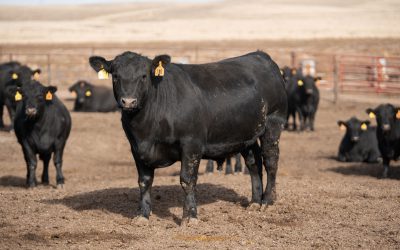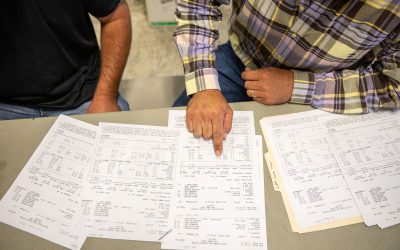The rapid pace of change, with new technology and ever-evolving, better genetics sends a message to today’s cattle producer: don’t do things the way Dad and Grandpa always did.
At his feedyard near Wray, Colo., Grant Bledsoe knows there’s a time for change, but his greatest strength may be knowing there’s a time to stay the same.
“We buy predominately Angus-based cattle from the northwestern United States and some ranches we have purchased from going on close to 35 years,” he says.
“Grandad” Henry started relationships that have carried into the third generation of both feeders and ranchers.
“We purchase from people that raise good cattle, but they’re also extremely good at handling their cattle,” says Bob Bledsoe, who transitioned out of the feedyard manager position shortly after his son Grant returned home. “When the cattle are handled well, they get sick less often when we own them. They’ll eat faster, and the calmer cattle really perform better.”
Sometimes, the best plan is what Dad and Grandpa always did.For their continued focus on procuring and feeding high quality, Bledsoe Cattle Company earned the Certified Angus Beef ® 2018 Feedyard Commitment to Excellence award.
Henry and Lucile Bledsoe started the farming, ranching and cattle feeding operation that now has a 7,000-head finishing capacity. Row crops and grasslands complement the yard, as they produce their own feed to wean and background most of the calves that come into their pens.
Back then, Henry would keep books by hand, packing up the roll-top desk each night to bring home to Lucile. The spare bedroom doubled as a home office, and she’d get out her adding machine to make sure they balanced. It was one way Lucile could contribute while raising the couple’s son and daughter.
“There was the two of us. We worked side by side, always full partners,” says 96-year-old Lucile.
Then came Bob and Becky. They had a computer the size of a file cabinet. Grant checks his markets by smartphone.
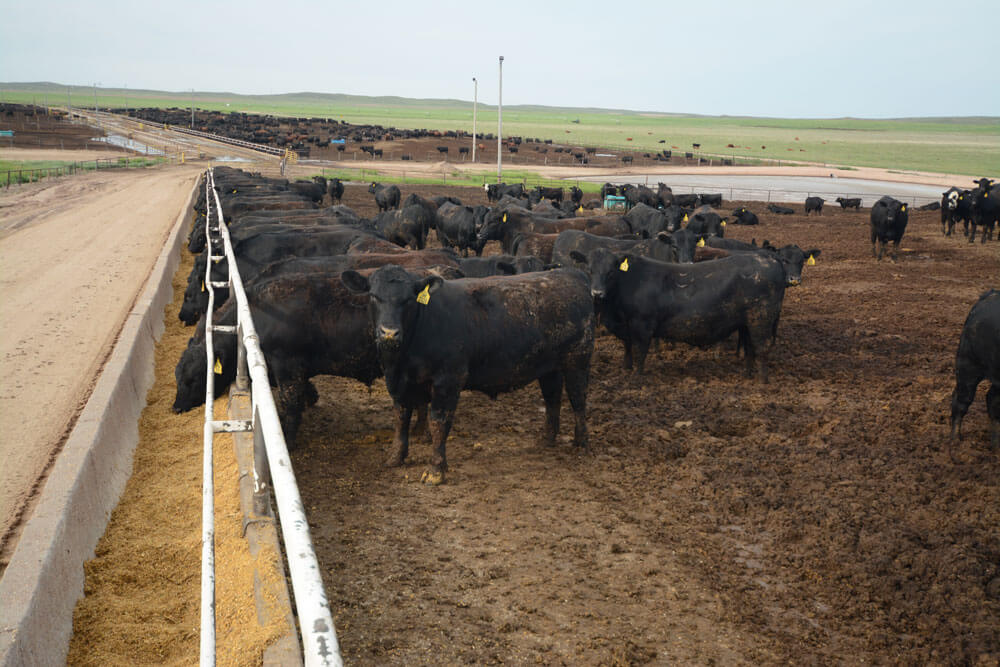
The old gated pipe irrigation has given way to pivots. When driving to cattle sales began to take too much time (thanks to President Nixon signing the 55-MPH national speed limit law) the four elder Bledsoes got a plane and a pilot’s license apiece. Lucile still flies a Beechcraft.
“We’re always for progress. Not progress for itself. Not progress because the neighbors have it,” she says. “Progress that it will fit your business and be profitable in your business.”
Grant inherited the aviation itch, too, and sometimes 96-year-old grandma and grandson fly together to look at cattle.
When Grant returned from Colorado State University in 1998, all three generations worked together. Henry was still out at the feedyard every day.
“I look back on it now and I think of how special that was to learn from him and how he deals with people,” Grant says. “The amount of respect people had for him and my dad—that’s been really important to me and developed me into the type of cattle feeder and businessman I am today.”
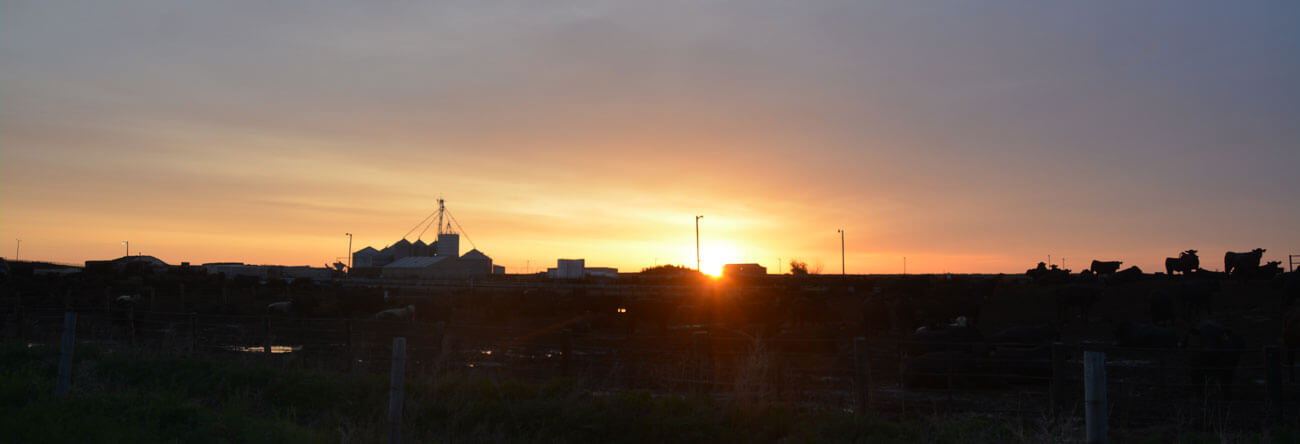
Family tradition
Grant doesn’t drink coffee because, well, his dad and grandad didn’t.
Bob and Grant still get to the feedyard at 5:30 a.m. most every day, gathering at the scale house with many of their 18 employees for a quick predawn meeting to make sure the crews all know what’s going on.
It’s their favorite time of day.
“Everything is getting ready to go, feed trucks are rolling and it’s cool. The cattle are coming up to the bunks,” Grant says.
Once a week, the family meets at the yard, giving most of the feedlot crew the day off. It’s a tradition that’s been passed down so now Bob and Becky might join Grant and his wife, Katie, and their three kids, Jackson, Emma and Eryn on any given Sunday.

“It’s good planning time, but it’s a way we know exactly and intimately how the cattle are doing,” Bob says.
Fall is the busiest, as they wean 8,000 head during a narrow window. Most come through the feedyard to be weaned before going out on corn stalks; some are shipped directly up to their stocker ranch in Harding County, S.D. The heaviest calves are sorted to go on a starter ration.
“They’ve been put on a truck, trucked to our place, brought into a foreign situation, fed something totally new that they’ve never eaten before and they’ve had a lot of new things thrown at them. We do what we can to try to make that process as gradual as we possibly can and get them acclimated,” Grant says. “The better job we do, the healthier they stay and the quicker they will start being productive.”
Part of it is just getting the ranch cattle accustomed to being worked.
“My father used to say the only way to move cattle fast was slowly, and that’s very much true,” Bob says.



Good people, good business
Justin and Lynn Mayfield’s cattle have been taking the 8-hour journey from their Casper, Wyo., ranch to Bledsoe Cattle Company since Lynn’s parents first sold to the family in 1988.
“We each kind of understand each other’s programs and we’ve got the same goal. We work together to keep the families and the next generation involved to turn out the best protein we can,” Justin Mayfield says.
When Bob and Becky come in October to take delivery of the cattle, the couples visit like the old friends they are. Last year, the kids even got an impromptu lesson on paleontology from Bob, who is a bit of a self-taught dinosaur enthusiast. He got interested after discovering his first Triceratops bone on their South Dakota ranch.
Call it family tradition or just good business, but many of Lynn Mayfield’s uncles, cousins and kin sell cattle to the Bledsoes.
“We’re both there to try to help one another succeed as much as we can,” Mayfield says. A few years ago the feeders incentivized them to precondition their cattle. “Everybody stuck together through the tough times. There’s years when they’ll win and there’s years when we win but all in all, through it all, we’ve all won and we’ve all grown. It’s been good.”
The rancher is just one of many who come to see their cattle on feed. They’ll talk about management tweaks and bloodlines.
“We have good communications with a lot of the suppliers we buy from,” Grant says. “Some of them come and look at their cattle every year, some of them come every couple years. A lot of phone calls back and forth, ‘How are my cattle doing? How’s the health been? What do I need to change?’”
Thanks to Emma and Eryn’s tag-making handiwork, the cattle are all identified back to the ranch of origin, even though they’re split into as many as five groups and comingled as they enter the finishing stage. That ID allows the feeders to make observations and share packer data with the producers.
“We think it’s really important to have good communication over all segments of the industry,” Grant says.
In the early 1960s, Bob remembers jumping in a semi after basketball practice, and he and his dad would each take a load of finished cattle to the Monfort (now JBS) plant at Greeley. They’d get home at midnight and turn around to do it again the next night.
A lot of things have changed. The Excel, now Cargill Meal Solutions, plant at Fort Morgan became their go-to packer 30 years ago. The Bledsoe semis now run the roads with hired truckers—but their desire to deliver the kind of cattle Cargill wants has remained constant.
They know our product and if they see something they would like to improve, we are open to it, because the customer is right, all the time,” Bob says. “Usually what’s good for them is good for us.”
The feedyard is almost entirely full of Angus-influenced cattle. Passersby might notice a uniform sea of black that hugs the west side of Highway 385 just a few miles north of Wray.
“That’s what Cargill prefers, and we generally like the breed, too,” Bob says.
It’s about more than looking good from the road.
“Quality grade is very important to us,” Grant says. “We grid probably 95% of our animals and when the Choice-Select spread is fairly wide, we get a good premium for cattle that grade. So it’s very important to us.”
In a decade’s time, he’s watched the quality grade get better and better. They used to average between 15% and 25% CAB brand acceptance, but now sell loads that top 50%.
A time to change.
“It’s just amazing how quickly those genetics have improved,” Grant says. Over the past three years, nearly 18,000 head per year have averaged 89% Choice and 25% CAB acceptance. In the first half of 2018, they hit 40% brand acceptance.
As a teenager, Grant started by running a feed truck, walking pens and fencing. Today, his 14-year-old son cites those same tasks as his favorite chores.
A time to stay the same.
“I just love what I do and I love raising my family in a similar situation. I can’t think of anything I’d rather be doing than what I get to do on a regular basis,” Grant says.
He’s learned from watching and doing. No matter the markets or weather, over the days and the decades, the keys to being a good feedyard manager are timeless: “Being consistent. Not being conservative, not chasing wild ideas, but being consistent.”
Just like Dad and Grandad.
Other stories you might like…
Drought Impact and Cattle Industry Dynamics
As drought conditions persist across much of cattle country, farmers and ranchers are at a pivotal juncture in the cattle industry’s landscape. What impact does this prolonged dry spell have on the nation’s herd numbers? When will heifer retention begin? How will industry dynamics influence the spring bull sale season?
CAB Brand Sales Third Best in 45-Year History
In this CAB Insider,shifting market dynamics have already marked trend changes in the 2023 cattle and beef markets. These shifts are most succinctly summarized through two factors, fewer cattle and higher prices, that will further entrench themselves in near term trends.
Certified Angus Beef Celebrates 45th Year with Strong Sales
It has been 45 years since Certified Angus Beef’s first customer purchased a strip steak at Renzetti’s IGA grocery store. Since then, consumer demand for high-quality beef has grown, ultimately driving demand for premium Angus genetics.


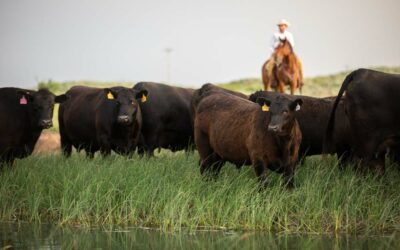


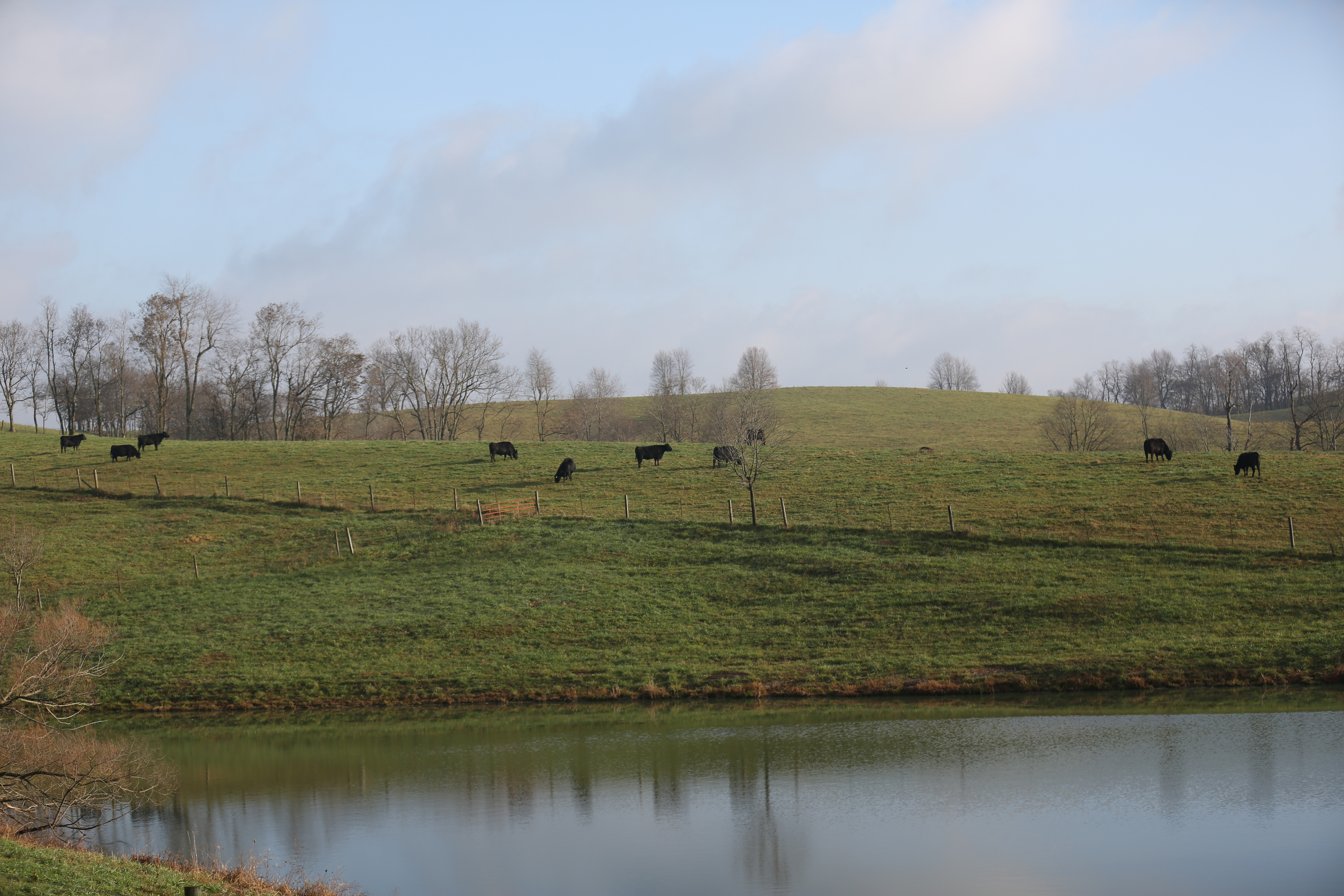

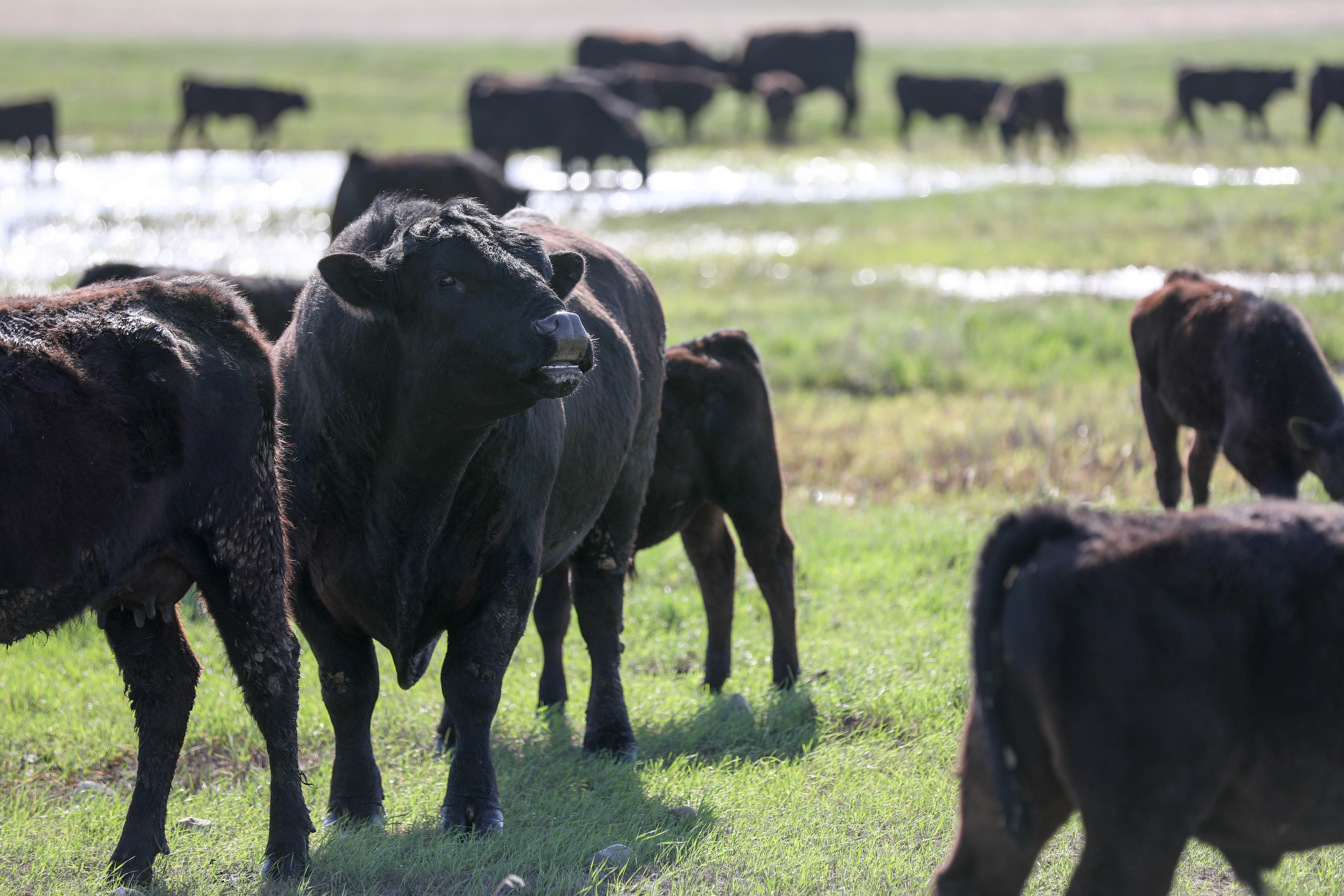
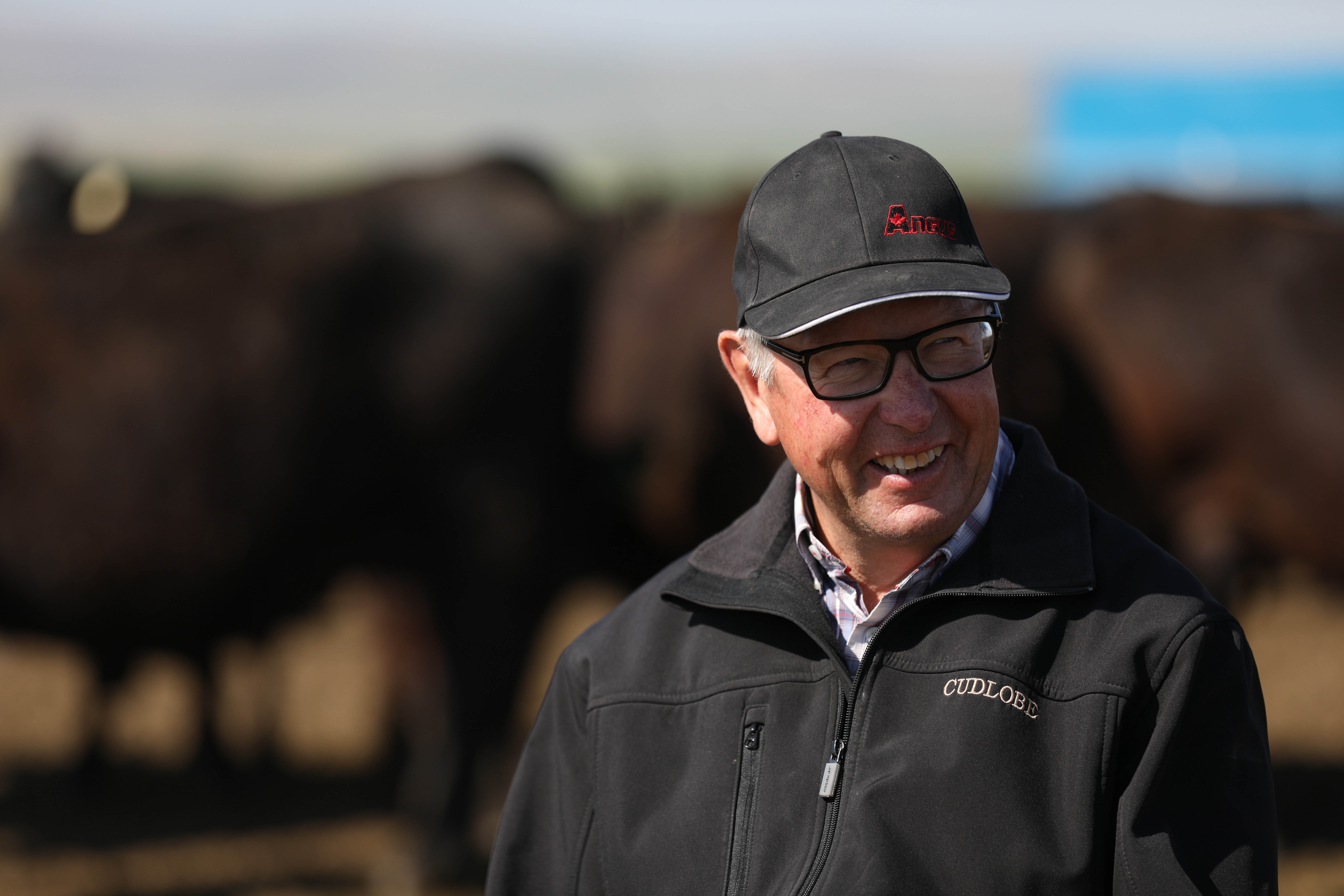
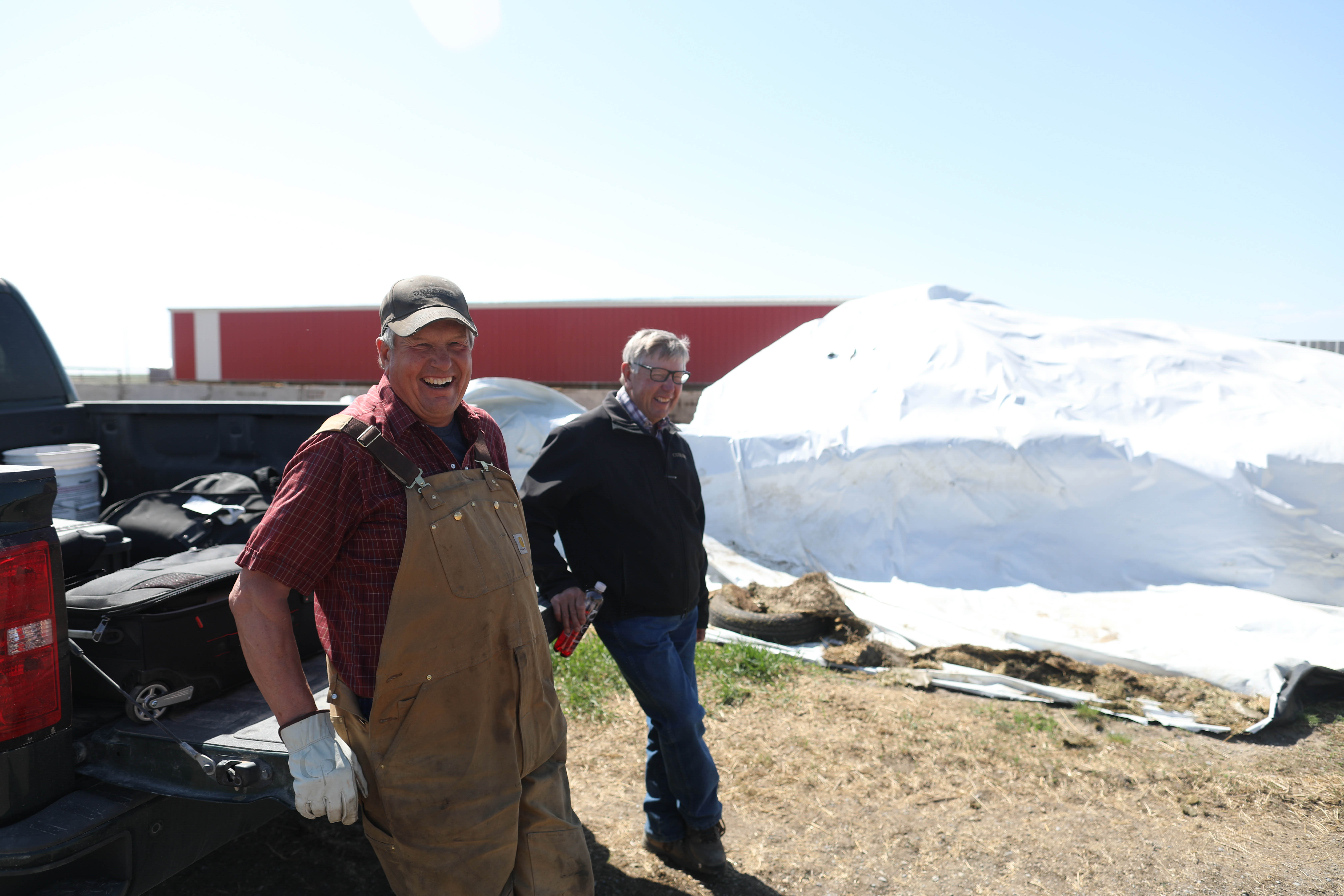

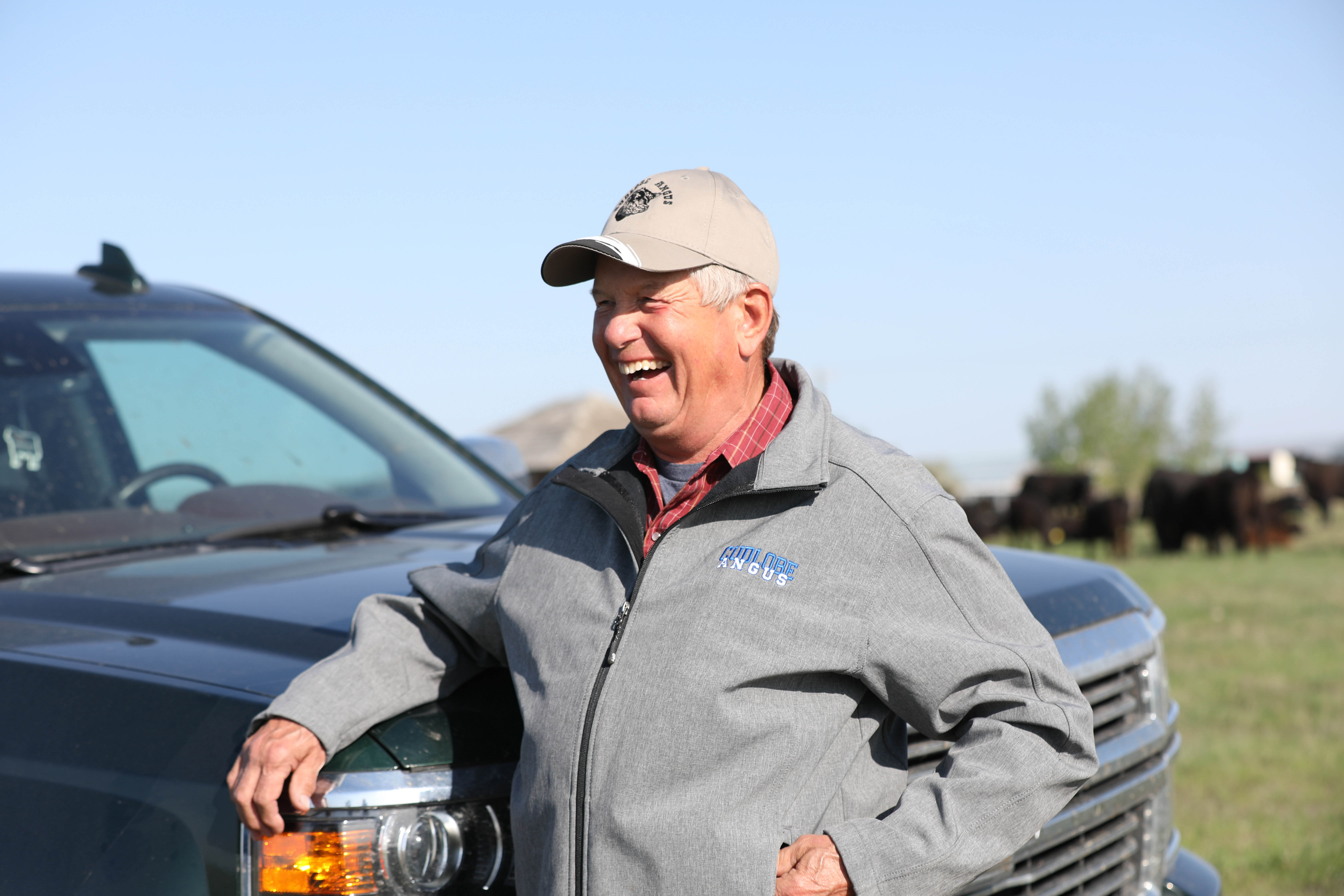

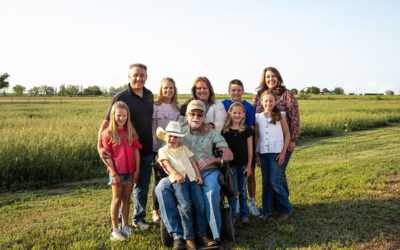
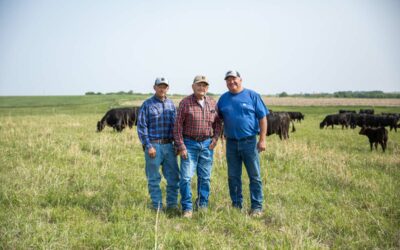

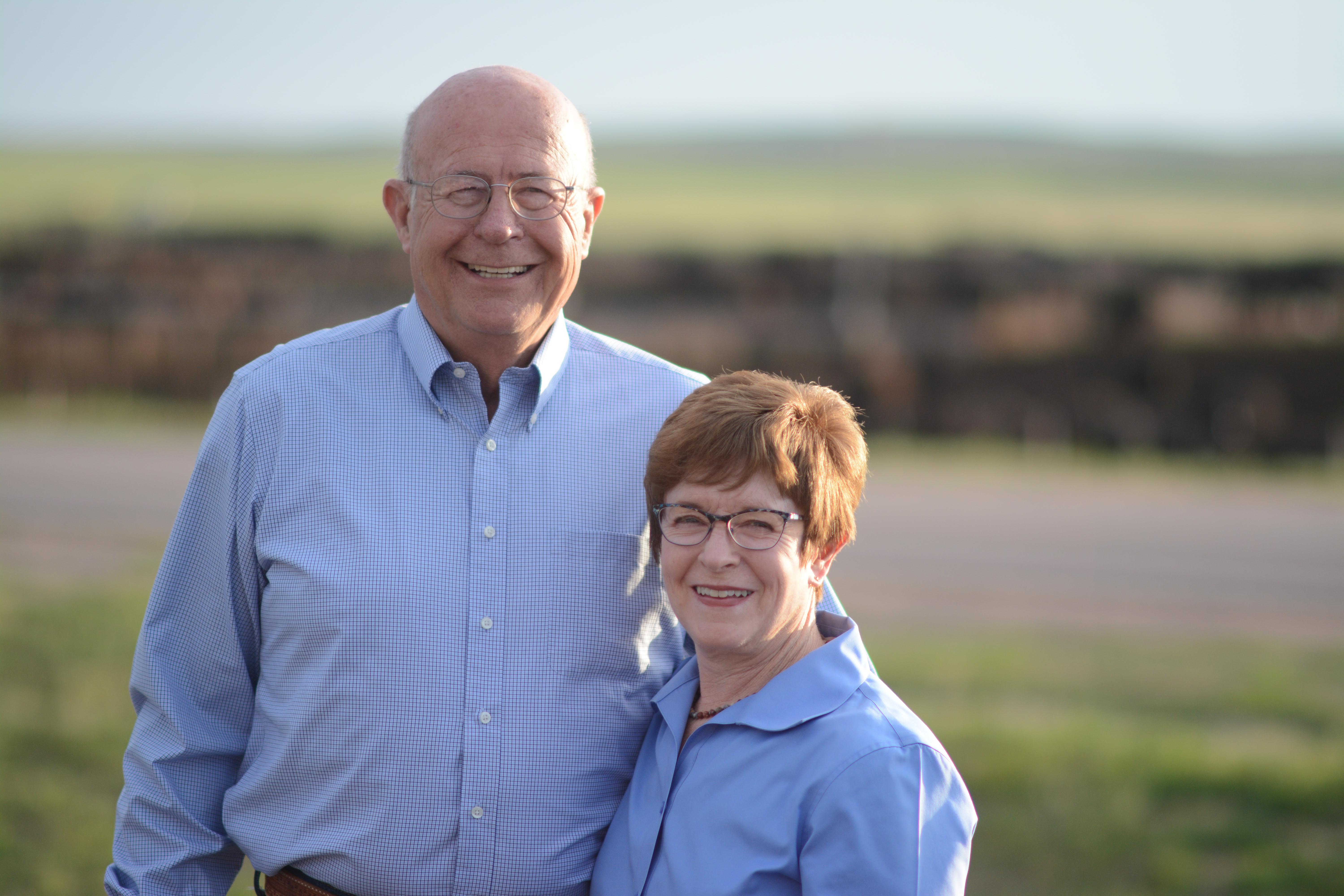
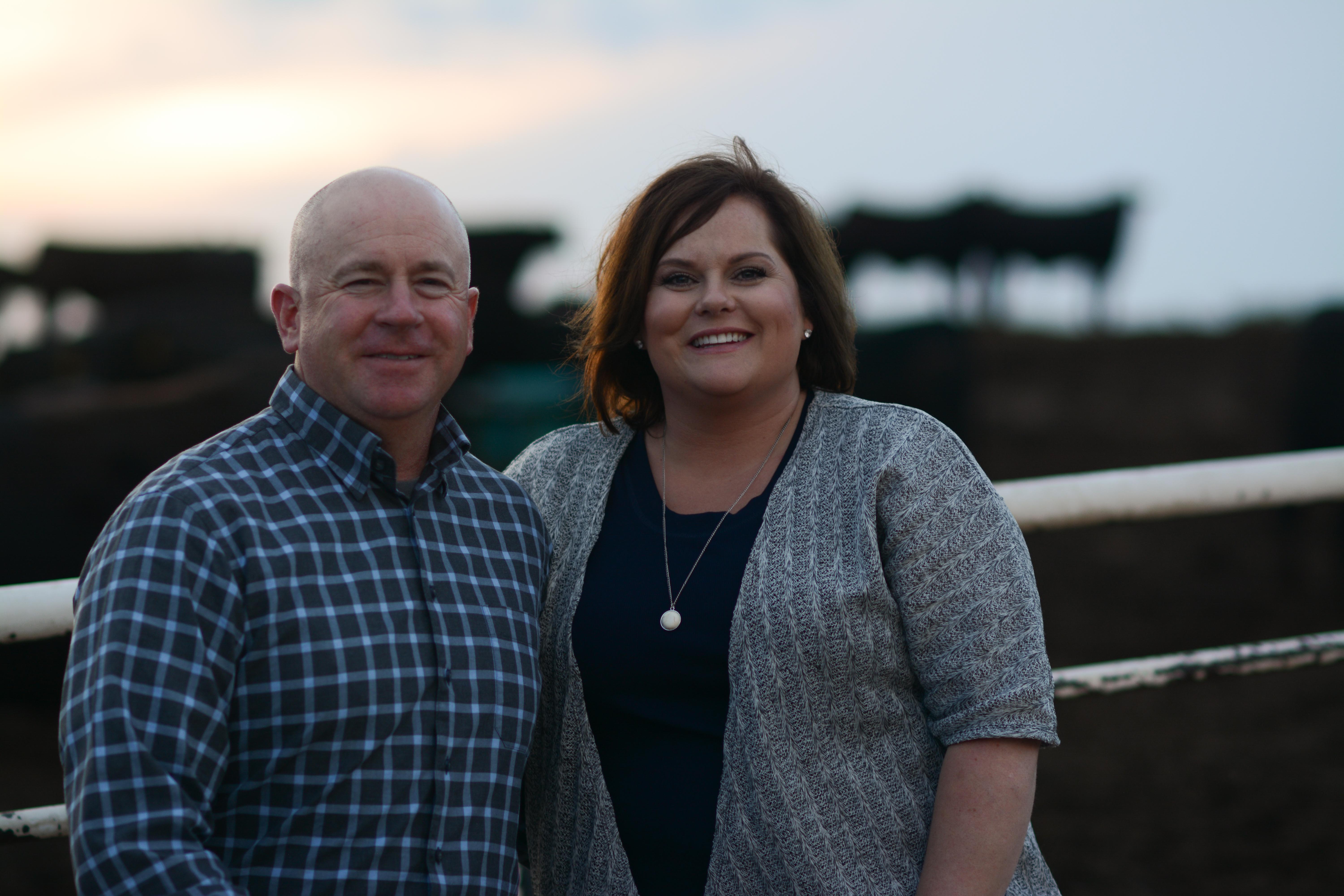
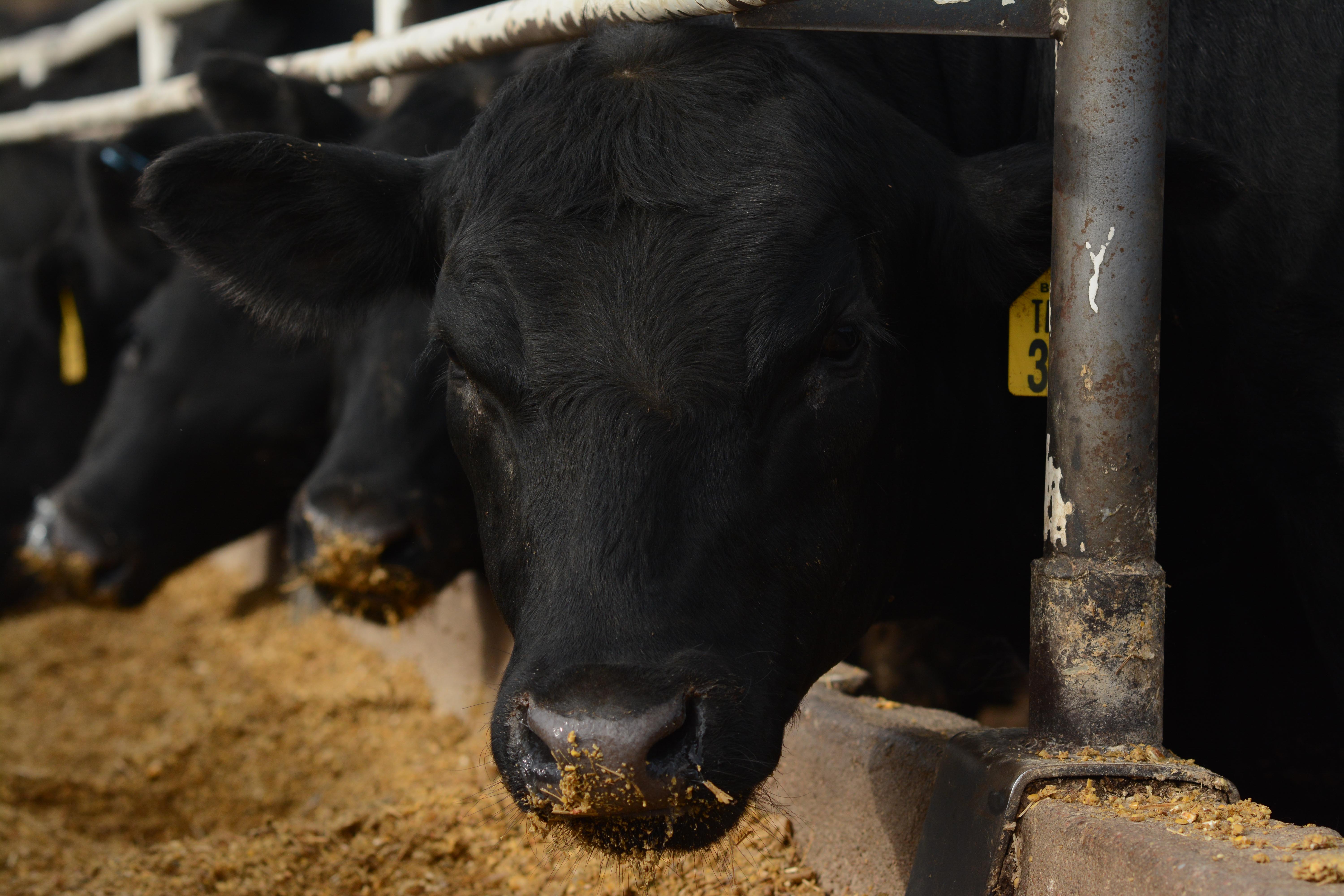
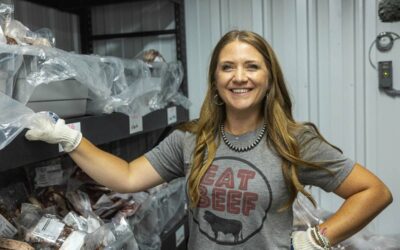



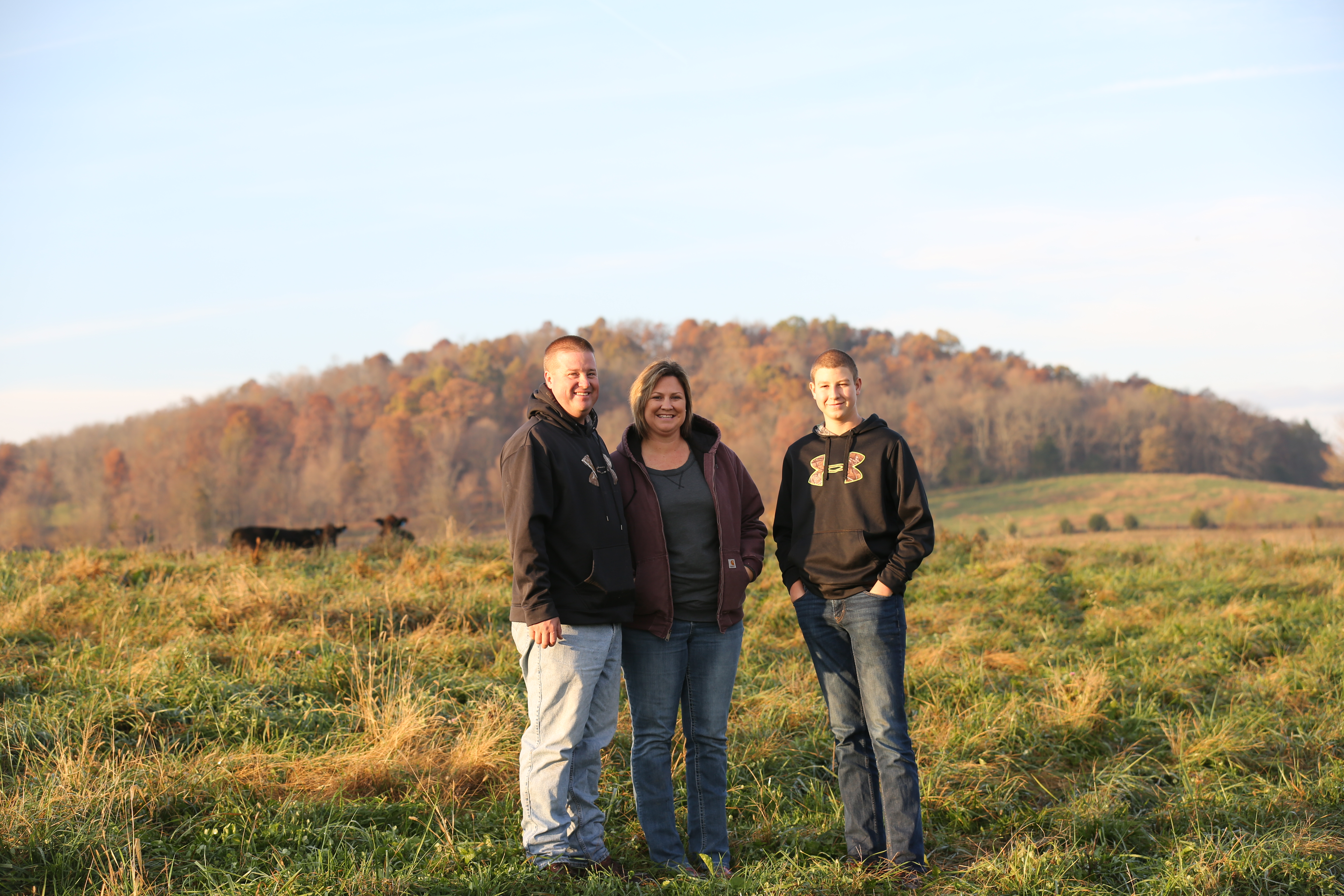


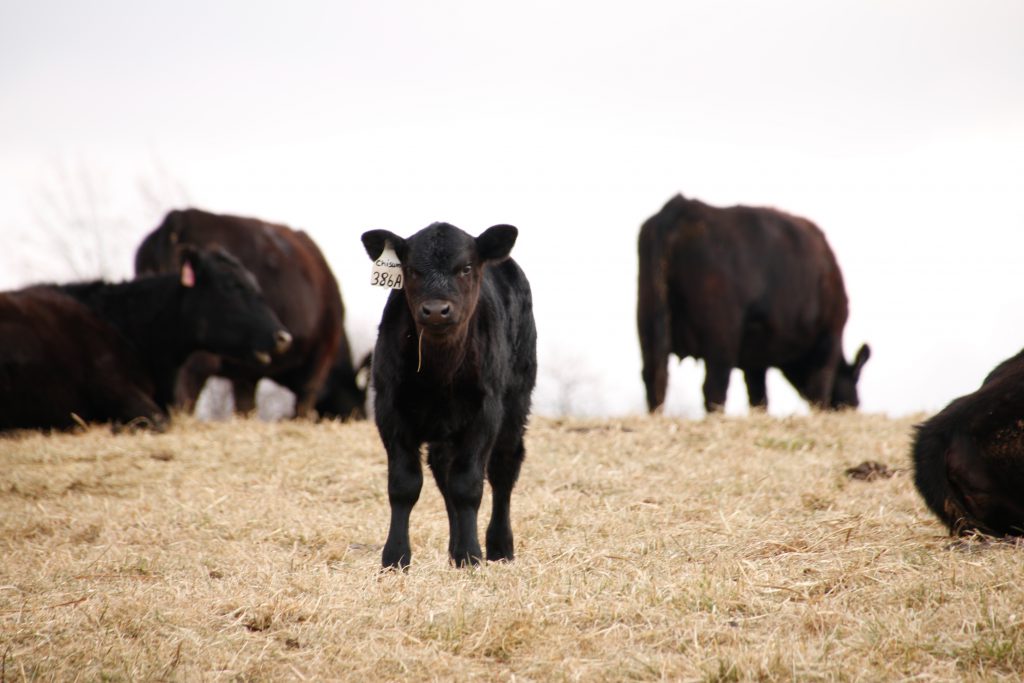

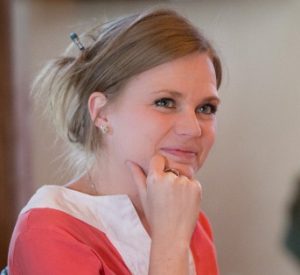





 Some may take offense to comparing a herd of kids to fresh calves or a mom’s eye to maternal instincts, but I don’t think it’s out of line to say ‘fetal programming’ had a role in how each Loseke kid is developing a passion for the beef business.
Some may take offense to comparing a herd of kids to fresh calves or a mom’s eye to maternal instincts, but I don’t think it’s out of line to say ‘fetal programming’ had a role in how each Loseke kid is developing a passion for the beef business.



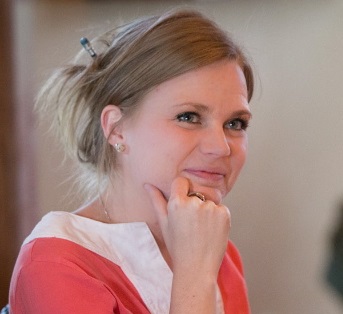 Laura Nelson is based in Big Timber, Montana, where she writes, captures images and tells farming and ranching stories. She’s a former CAB Industry Information Specialist who became passionate about the brand and the pursuit of high-quality beef while working at the company headquarters in Ohio. Then wide open spaces, small-town living and those beautiful Crazy Mountains wooed her back west.
Laura Nelson is based in Big Timber, Montana, where she writes, captures images and tells farming and ranching stories. She’s a former CAB Industry Information Specialist who became passionate about the brand and the pursuit of high-quality beef while working at the company headquarters in Ohio. Then wide open spaces, small-town living and those beautiful Crazy Mountains wooed her back west.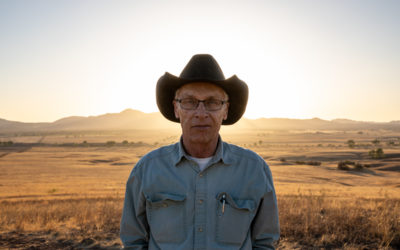
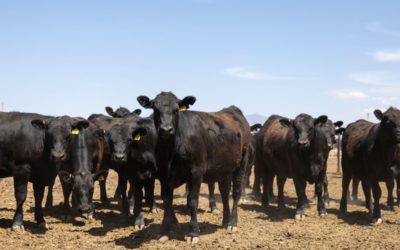
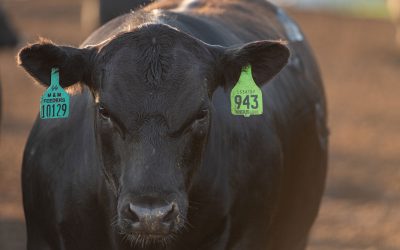



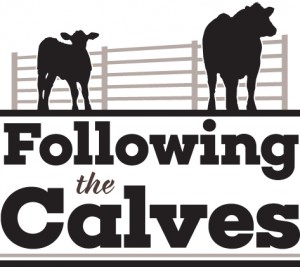 “We try to measure as many things as we can,” he says. Everything from an increasing pregnancy rate and ribeye area to a flat yield-grade trend and decreasing mature cow size tells him there have been no trade-offs. “All the numbers tell us that we haven’t really given anything up, but the trait that pays us a lot more at the end—marbling—has increased a lot.”
“We try to measure as many things as we can,” he says. Everything from an increasing pregnancy rate and ribeye area to a flat yield-grade trend and decreasing mature cow size tells him there have been no trade-offs. “All the numbers tell us that we haven’t really given anything up, but the trait that pays us a lot more at the end—marbling—has increased a lot.”